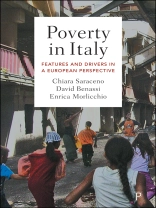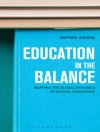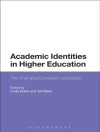Three experienced Italian sociologists explore the structural and cultural dimensions of poverty in their country. Comparing Italy’s regime with other European countries, they consider the interplay of conditions in the labour market, the family and welfare arrangements as causes of poverty.
This in-depth analysis explores how forced familialism, unbalanced gender arrangements, territorial cleavages and sluggish growth have rendered Italy vulnerable to financial crisis. As old risks of poverty have worsened, new risks have emerged and children, the working poor and migrants have become the ‘new poor’.
Combining theoretical and empirical tools, this is a topical fresh take on the understanding of poverty in Italy that is even more crucial considering the impact of the COVID-19 pandemic.
Зміст
A Regime Approach
Poverty Regimes and the Great Recession
The Historical Roots of the Italian Poverty Regime
Long-term Trends Since the Early 1990s
Working Poor, Children and Migrants: Italy’s ‘New Poor’
Urban Poverty in Italy
A Late- and Uncertain Comer in Developing Anti-poverty Policies
Continuities and Changes in the Italian Poverty Regime
Про автора
Enrica Morlicchio is Full Professor of Economic Sociology at the Federico II University of Naples. She is Editor of the Journal Sociologia del Lavoro.












